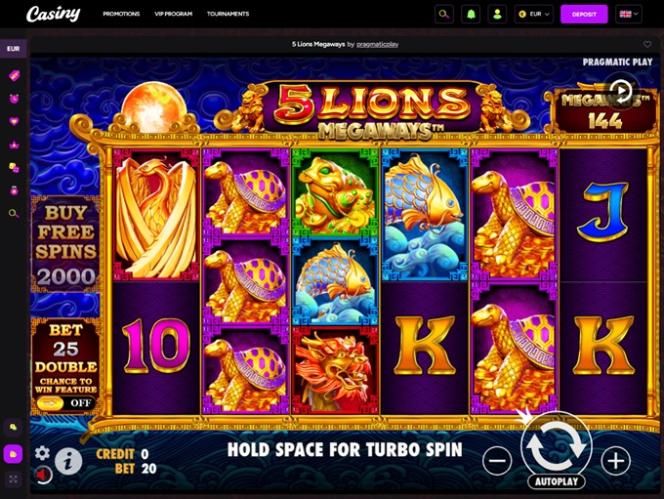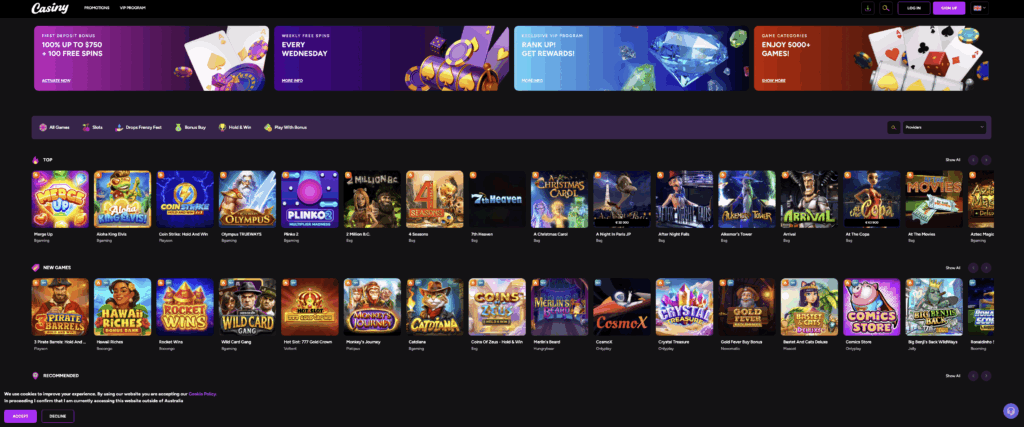
When people ask “what is the best online” they often mean different things: best online store, best online course, best online bank, or best online entertainment platform. The answer depends on goals, priorities, budget and risk tolerance. If you want a quick set of related resources, consider exploring what is the best online casino uk sister sites Casiroom as one example of how niche services group offerings to help users compare options.
Defining “best” begins with context. Best for whom? Best for what purpose? A university student searching for affordable online courses values accreditation, course quality and transferability. A frequent traveler seeking the best online travel booking site prioritizes price transparency, flexible cancellation and customer support. A parent looking for the best online entertainment for children focuses on age-appropriate content and parental controls. Clarifying the decision context narrows the field and makes comparison meaningful.
Next, set measurable criteria. Common dimensions include reliability (uptime, delivery success), cost (total cost, fees, subscription models), quality (content depth, product durability, service standards), security and privacy (data handling, encryption, regulatory compliance), user experience (ease of use, mobile compatibility), customer support (response time, helpfulness, refund policy), and scalability (how well the service handles growth or changing needs). Weight these criteria according to your priorities—what you value most should carry more influence in the final decision.
Research methods matter. Start with expert reviews and aggregate ratings from multiple independent platforms. Read detailed user testimonials rather than only star ratings; look for patterns in complaints and praise. Use trial periods or free tiers where possible to test services directly. Check regulatory or accreditation databases for certifications—especially for financial, medical or educational services. For products, read independent lab tests or focus groups when available. For digital platforms, test performance during peak hours to see if they meet promised speed and reliability.
Compare apples with apples by normalizing features and costs. If two streaming services charge the same monthly fee but one includes ad-free playback and offline downloads, it offers more comparative value for those features. For software-as-a-service, calculate cost per active user or per feature. For marketplaces, examine total landed cost including shipping, taxes and return fees. Create a simple matrix that lists providers vertically and the important criteria horizontally; then score and weight each provider to arrive at an objective ranking tailored to your needs.
Beware of common pitfalls. Recency bias can make a newly hyped service seem superior, while legacy bias favors established brands that may not innovate. Marketing can mask weak customer service or hidden fees. User reviews can be manipulated—look for verified purchases and consistent language patterns that might indicate fake submissions. Also be mindful of lock-in effects: low introductory prices can be followed by steep renewals or difficult data export policies that make switching expensive later.
Security and privacy are non-negotiable for many online decisions. For any service that handles personal data or money, verify the presence of HTTPS, clear privacy policies, encryption standards and whether the provider has experienced data breaches. For financial services, check licensing and regulatory oversight. For health-related platforms, confirm compliance with relevant data protection laws. If a service lacks clear security information, treat the absence as a red flag and look for alternatives.

User support differentiates many online services in practice. Fast, helpful customer support reduces friction when problems arise. Look for multiple contact channels (chat, email, phone), published response times, and fair dispute resolution policies. Community forums and knowledge bases can also be valuable—sometimes the best online platform offers a thriving user community where problems get solved collaboratively.
Cost-benefit analysis should include intangible benefits: time saved, convenience, peace of mind, and integration with other tools you use. For professionals, the best online tools are those that seamlessly integrate into workflows through APIs, plugins or compatible file formats. For consumers, services that reduce cognitive load—clear design, curated recommendations, and robust search—often feel like the best choice even when price or raw features are similar to competitors.
Case studies illustrate the approach. For online learning, the best platform for career skill-building may be one that offers industry-recognized certificates, project-based assessments and employer partnerships rather than simply a large library of courses. For online shopping, the best retailer might be one that combines competitive pricing with generous returns and consistent delivery speed. For online banking, prioritize institutions that blend low fees, strong mobile apps, and transparent disclosure of interest rates and charges.
When comparison still leaves multiple contenders, use short-term experiments. Subscribe for a month, use all core features intensively, and evaluate how well the service handled typical tasks for you. Keep a checklist for your trial period: did it meet core promises, how often did issues arise, how easy was it to get help, and how did the service fit into your daily routines? After the trial, revisit your weighted matrix and update scores with firsthand experience.
Environmental and ethical considerations are increasingly important. Some users now include corporate responsibility, energy consumption, and data ethics in their evaluation of what is best online. Companies that publish sustainability metrics, support fair labor practices and adopt transparent data usage policies may win preference even at slightly higher cost. If these values matter to you, add them as criteria and research providers’ public reporting and third-party audits.
Decision-making tools can simplify the process. Browser extensions that compare prices, privacy labels that summarize data practices, and AI-based recommenders that align options with your stated preferences can speed decisions. However, always corroborate automated suggestions with human judgment—tools can overlook nuances like local regulations, cultural differences, or unique personal constraints.
Finally, remember that the “best online” is not permanent. Services evolve, markets shift, and new entrants can disrupt long-standing leaders. Periodically review your core online subscriptions and platforms—annually or whenever your needs change—to ensure your choices remain aligned with priorities and technology improvements. When switching, plan data migration and understand exit costs so transitions are smooth.
In summary, answering “what is the best online” requires clarifying your specific goal, defining measurable criteria weighted by personal priorities, researching thoroughly, using trials to validate candidates, and considering ethical and long-term factors. By combining systematic comparison with real-world testing, you can select an online service that delivers the best practical value for your unique needs.














